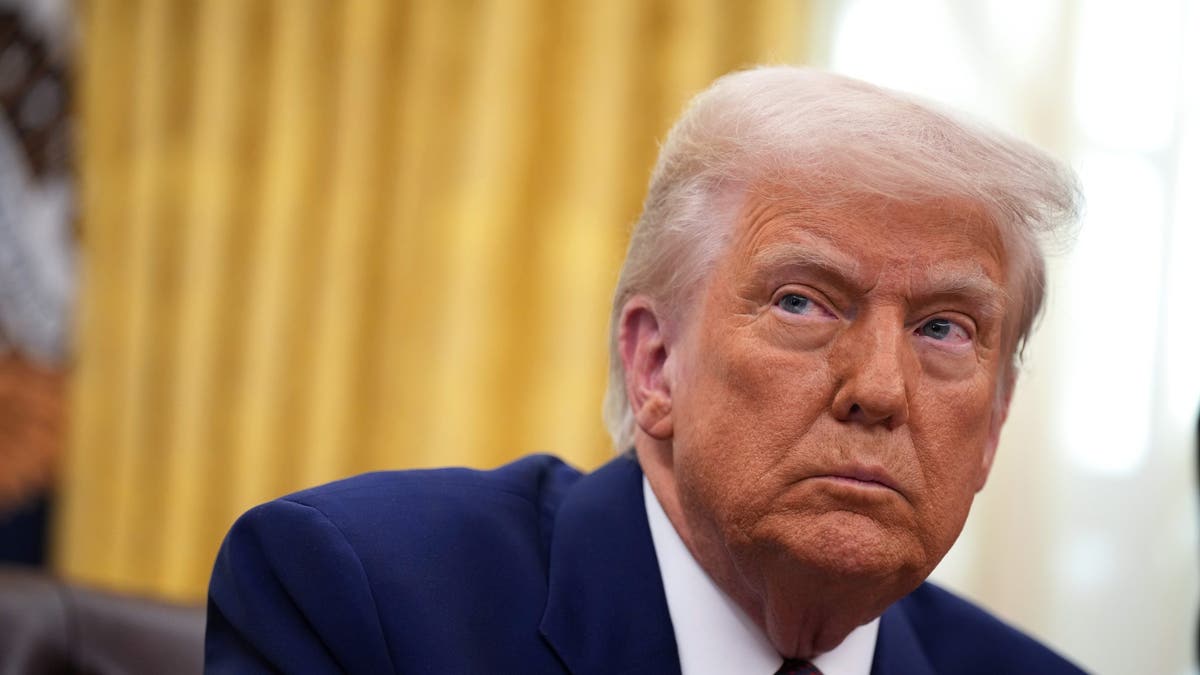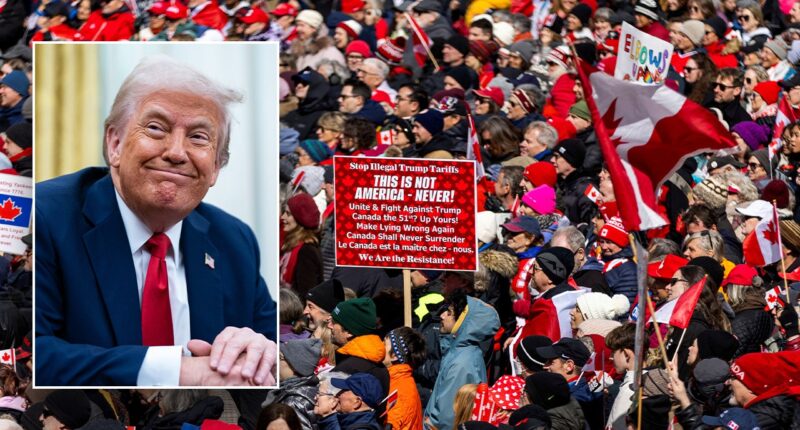Canada is preparing for the consequences of President Donald Trump’s escalating trade dispute, as economists caution about surging food prices, significant job cuts, and even a potential downturn if proposed U.S. tariffs are imposed.
The U.S. is Canada’s primary trade partner, making up almost two-thirds of Canadian imports and taking in more than 70% of its exports. However, with Trump’s latest tariffs of 25% on Canadian products and 10% on energy, Ottawa is now confronted with a severe economic blow that could have wide-reaching impacts on crucial provinces, sectors, and the upcoming national election.
Trump has repeatedly blasted what he calls “unfair” trade practices, citing Canada’s trade imbalance with the U.S. to justify the sweeping tariffs.
“This marks the start of a new era in America,” stated Trump last week. “We will start charging countries for conducting business in our nation and for taking our jobs, resources, and many other things that they have been benefitting from over the years. Our country has been depleted by others, both allies and adversaries. And, frankly, allies have often been even more detrimental than adversaries.”
But Trump is banking on the U.S. being less severely affected than nations like Canada.
The full impact of the tariff war with Canada remains uncertain as Washington has also imposed steep tariffs on the European Union, China and Mexico. Trump has pledged to target the “Dirty 15,” which are countries he accuses of contributing most to the U.S. trade deficit.
Cambodia, India, Indonesia, Japan, Malaysia, South Africa, South Korea, Switzerland, Taiwan, Thailand and Vietnam are expected to be among those next targeted in Trump’s April 2 tariff announcement, which he has dubbed “liberation day.”
Details on what Trump’s next steps in his tariff war with Canada and dozens of other nations remain unknown ahead of the April 2 deadline, which has created a sense of uncertainty, Hale said.
“Last week’s Bureau of Economic Analysis Reports signaled a continued high core personal consumption expenditure PC inflation at 2.8%. So inflation, one could argue, is not coming down, and certainly price levels continue to rise,” he said. “Consumer spending has slowed sharply in both Canada and the United States.”

President Donald Trump delivers remarks after signing an executive order on reciprocal tariffs in the Oval Office on Feb. 13, 2025. (Andrew Harnik/Getty Images)
“Businesses want certainty. They can’t make future investment decisions in this climate,” he added, noting that while a recession could be on the horizon in Canada, there are too many variables to make a prediction on the U.S. at this time.
“What I do know is that businesses and banks, people who are investing in projects, want to be able to plan,” Hale said. “Hopefully, we’ll have a clear idea [on Tuesday] where this is all going to land, and then we can work with it.”

















